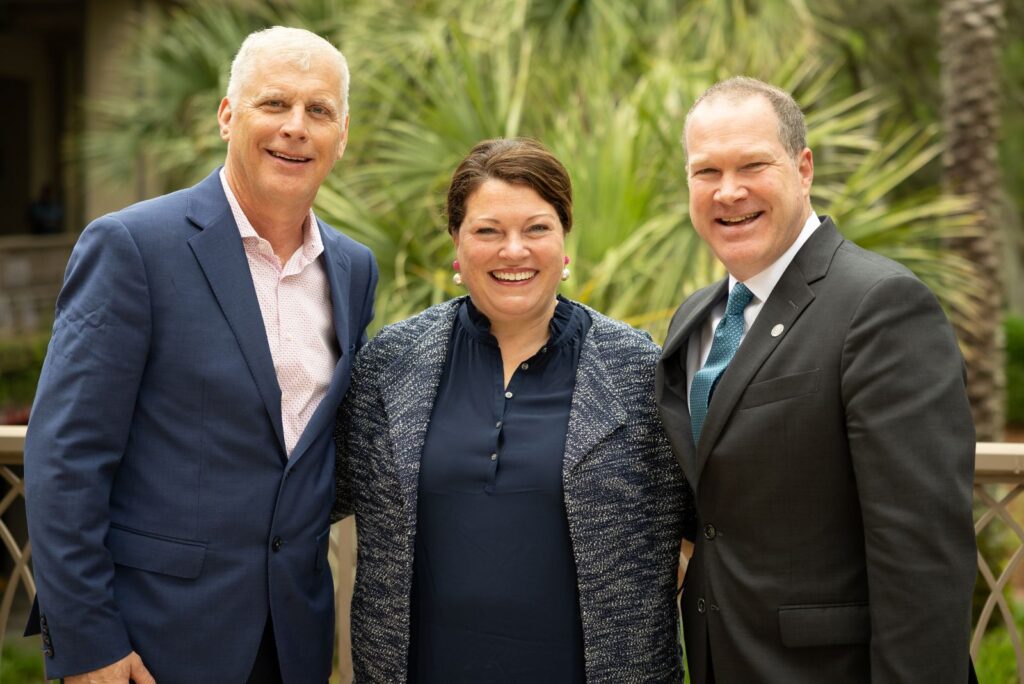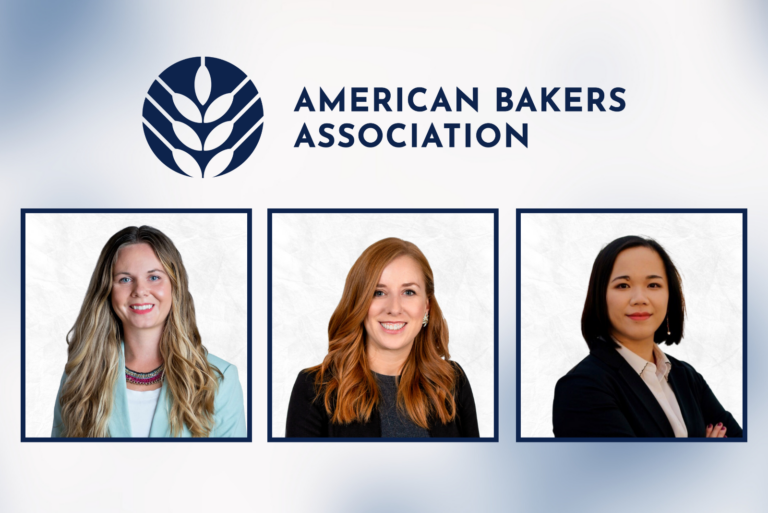Speaking of challenges, workforce and supply chain have topped the list. What are you hearing from your members about these two critical issues?
Spriggs: When you really look at it, neither of these are new problems; they’ve just been exacerbated in recent years. What I’m hearing is a call for innovation to solve them creatively. We’re hearing about dark sites, robotics, climate-controlled vehicles — all kinds of innovation. From a workforce standpoint, this is a big area where collaboration comes in. There’s opportunity for more training and education across the board. For me, it’s innovation and collaboration.
Dell: I think we have to work more broadly, especially with workforce challenges. I’m hearing from my board that ABA can be even more involved, from a leadership standpoint, in finding those solutions. We’re working on how we can get involved in policy areas that impact workforce challenges.
Brown: For the past couple of years, we’ve been working hard on supply chain issues, and we’re finding solutions. The industry overall has increased its efforts in areas like redundancy and transparency in communication. Trucking is still a serious issue, though. And when you combine that with the workforce challenges that still exist throughout organizations, you can see there are still real challenges to address. That said, I think these challenges we’ve faced over the past three years have made us stronger as an industry.
Spriggs: When I think about areas to innovate and collaborate, the trucking issue is a great example. There are so many industries facing this, and people are looking at autonomous driving solutions. So, how can we collaborate and engage in these autonomous driving conversations? We need to effectively utilize resources among our organizations.
The baking industry is seeing more than its share of disruption after decades of status quo. What’s the key to balancing tradition and innovation?
Brown: Being in the industry for a while, I have a tendency to stick with the traditional sides of things, especially having connected with people over so many years and watching their families grow up. There’s an emotional connection to that. But we’re also given new opportunities to have new people at the table and new leadership voices. That’s really the key to getting young people and new faces involved. We need a blend; we need tradition, but we also have a new generation that’s ready to move the industry forward.
Spriggs: It’s important to create space for that. I recently participated in an ASB past chairmen’s luncheon. I had been with the Young Professionals group prior to that, and they had been talking about all the changes they want to see. Meanwhile, the past chairmen were sharing stories from the past and the history that can be found in the Baking Hall of Fame. We have to revere and honor those traditions without holding ourselves back from innovating and providing what the next generation needs.
Dell: It’s about taking the best parts of traditions and building upon them. We have to take the most valuable elements of our traditions and use them as the springboard that can successfully take our associations and the industry into the future.
This story is from the 2023 New Products Annual issue of Commercial Baking. Read the full story in the digital edition here.










